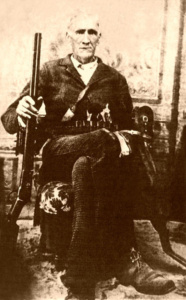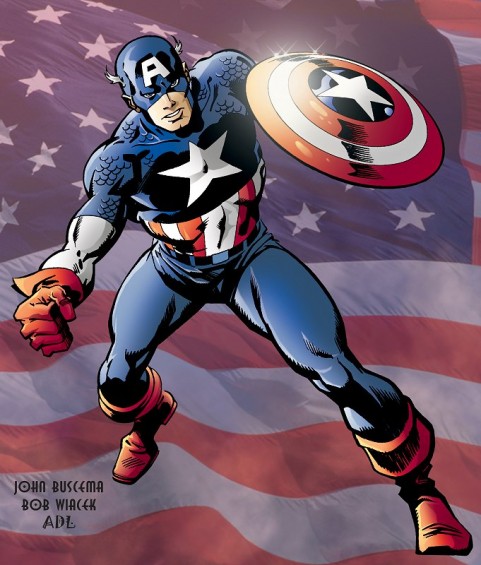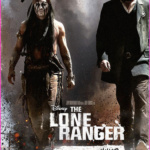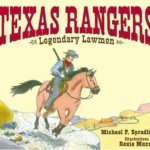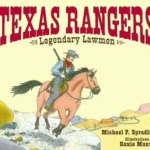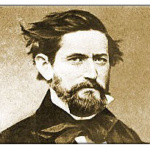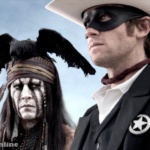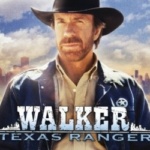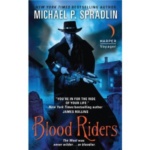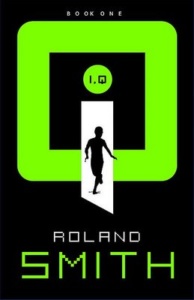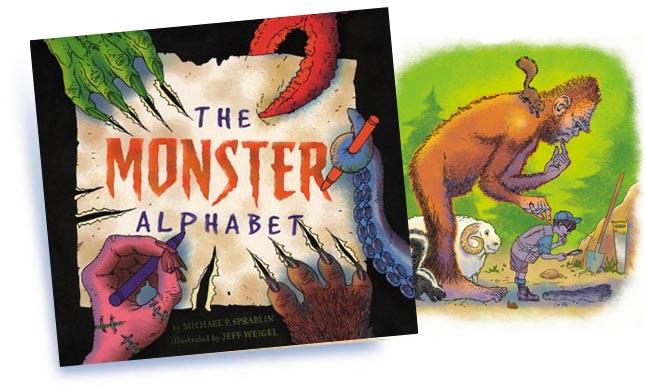 Today the newest incarnation of one of the most enduring figures in American popular culture gallops into theaters as Disney’s The Lone Ranger hits the big screen. What began as a popular radio drama on a Detroit radio station in 1933 will get a new big budget introduction to millions of new fans. And The Lone Ranger endures. Hi-Yo Silver!
Today the newest incarnation of one of the most enduring figures in American popular culture gallops into theaters as Disney’s The Lone Ranger hits the big screen. What began as a popular radio drama on a Detroit radio station in 1933 will get a new big budget introduction to millions of new fans. And The Lone Ranger endures. Hi-Yo Silver!
But in the 1920s and 1930s the Texas Rangers had their own ‘Lone Ranger’ who prowled the Texas-Mexico border and the mean streets and back alleys of the Texas oil boomtowns. His name was Manual T. Gonzaullus. The Texas criminal element of that era gave him the nickname ‘El Lobo Solo’ the lone wolf. He became one of the Texas Rangers’ most legendary lawmen.
Gonzaullus was born in Cadiz, Spain. At age 20, he became a Major in the Mexican Army. He immigrated to the United States and joined the Texas Rangers in 1920. It didn’t take long for Gonzaullus to establish his reputation as El Lobo Solo. Texas was in the midst of an oil boom. Towns were literally springing up overnight all over the state wherever oil was discovered. With the money flowing as fast as the oil along came thieves, smugglers, gamblers and drug runners.
If ever there were a ranger to typify the unofficial Texas Rangers motto of ‘One riot, One Ranger,’ it was Gonzaullus. He preferred working cases in these border and oil boomtowns alone. Fearless and relentless, the Lone Wolf rode into town. Only his fiery steed was an automobile and not a white horse. As soon as he arrived somewhere, Gonzaullus started filling up the local jail. He often made so many arrests, he overwhelmed the local court system. When prisoners could no longer be packed into the jail he would secure a length of chain to the flagpole in front of the courthouse. Each new prisoner was handcuffed to the chain until a judge could arraign him. Gonzaullus called the chain his ‘trot line’ (a fishing term) and it worked not only to secure prisoners but as a deterrent. When bad men saw the chain in front of the courthouse, with dozens of men hooked to it, many of them chose to flee. His reputation as a legendary lawmen was well known. It was easier to get out of town.
In the 1933 Gonzaullus was fired from his post by the corrupt Governor Ma Ferguson administration. In 1935 the Texas Legislature created an independent 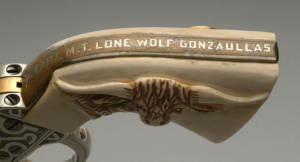 Department of Public Safety and made the Rangers part of it. Gonzaullus was appointed Superintendent of the DPS Intelligence Bureau and created a crime lab that became second only to the FBI’s lab in Quantico, Virginia. He insisted the department begin using modern crime solving techniques like ballistics and finger printing.
Department of Public Safety and made the Rangers part of it. Gonzaullus was appointed Superintendent of the DPS Intelligence Bureau and created a crime lab that became second only to the FBI’s lab in Quantico, Virginia. He insisted the department begin using modern crime solving techniques like ballistics and finger printing.
But sitting at a desk made El Lobo Solo antsy and he soon as to return to the field. He was appointed Captain of Company B of the Texas Rangers where he served until he retired in 1951. Gonzaullus was one of the founders of the Texas Rangers Hall of Fame and Museum. He died in Dallas in 1977 at the age of 85.
Read more about the real Texas Rangers in my book The Texas Rangers: Legendary Lawmen. Illustrated by Roxie Munro



